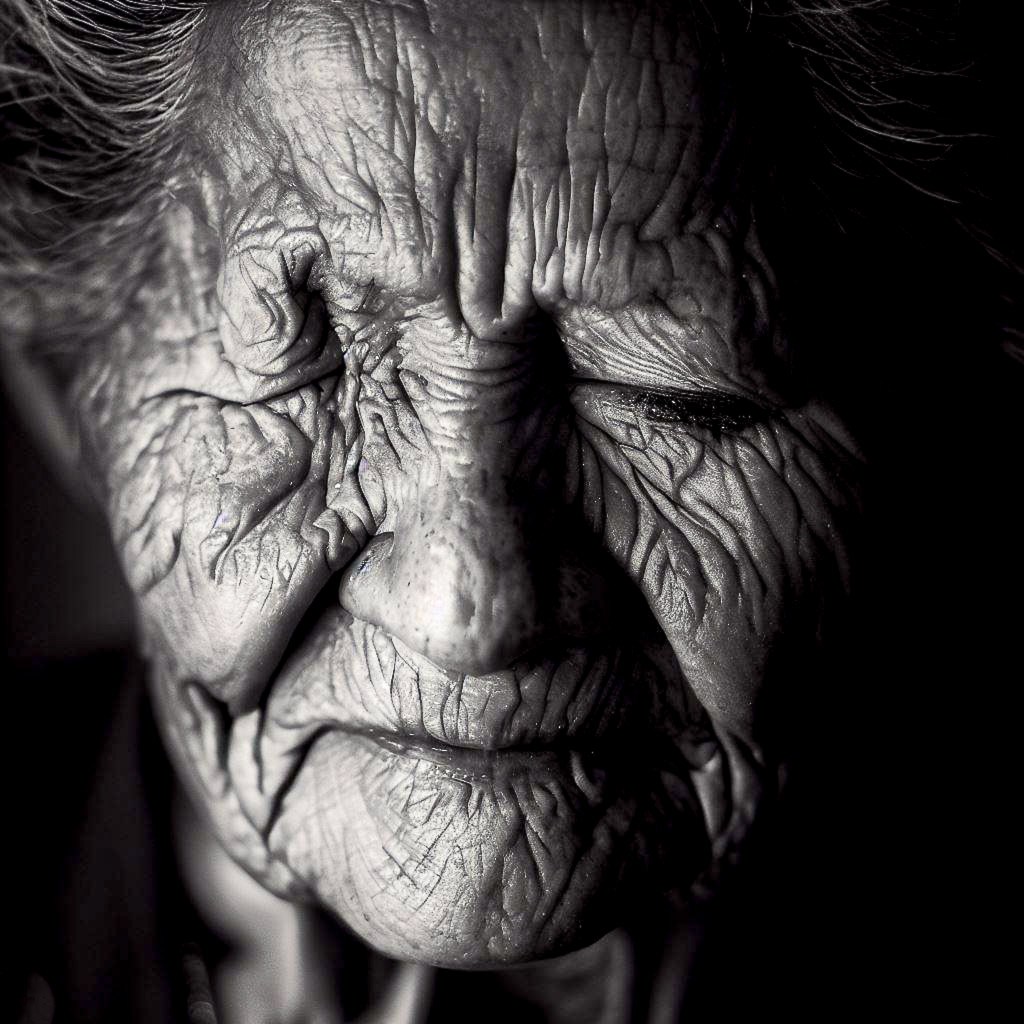
Landscape No.1
Leave a reply










In the realm of mechanical innovation, the concept of creating intelligent and autonomous beings has long captivated the imaginations of scientists and engineers. However, despite remarkable advancements in technology, mechanical men have consistently fallen short in fulfilling their ambitious potential. While these creations possess impressive capabilities and functionalities, they lack the essential qualities that define human intelligence and consciousness.

In the midst of a bleak industrial landscape, where towering structures and billowing smoke dominate the horizon, there stands a magnificent white horse. Its pristine coat glistens against the backdrop of rusting steel, like a beacon of purity amidst the chaos. With every graceful step it takes, it seems to defy the harshness of its surroundings, emanating an aura of serenity and hope. The white horse serves as a reminder that even in the most unexpected places, beauty can be found.